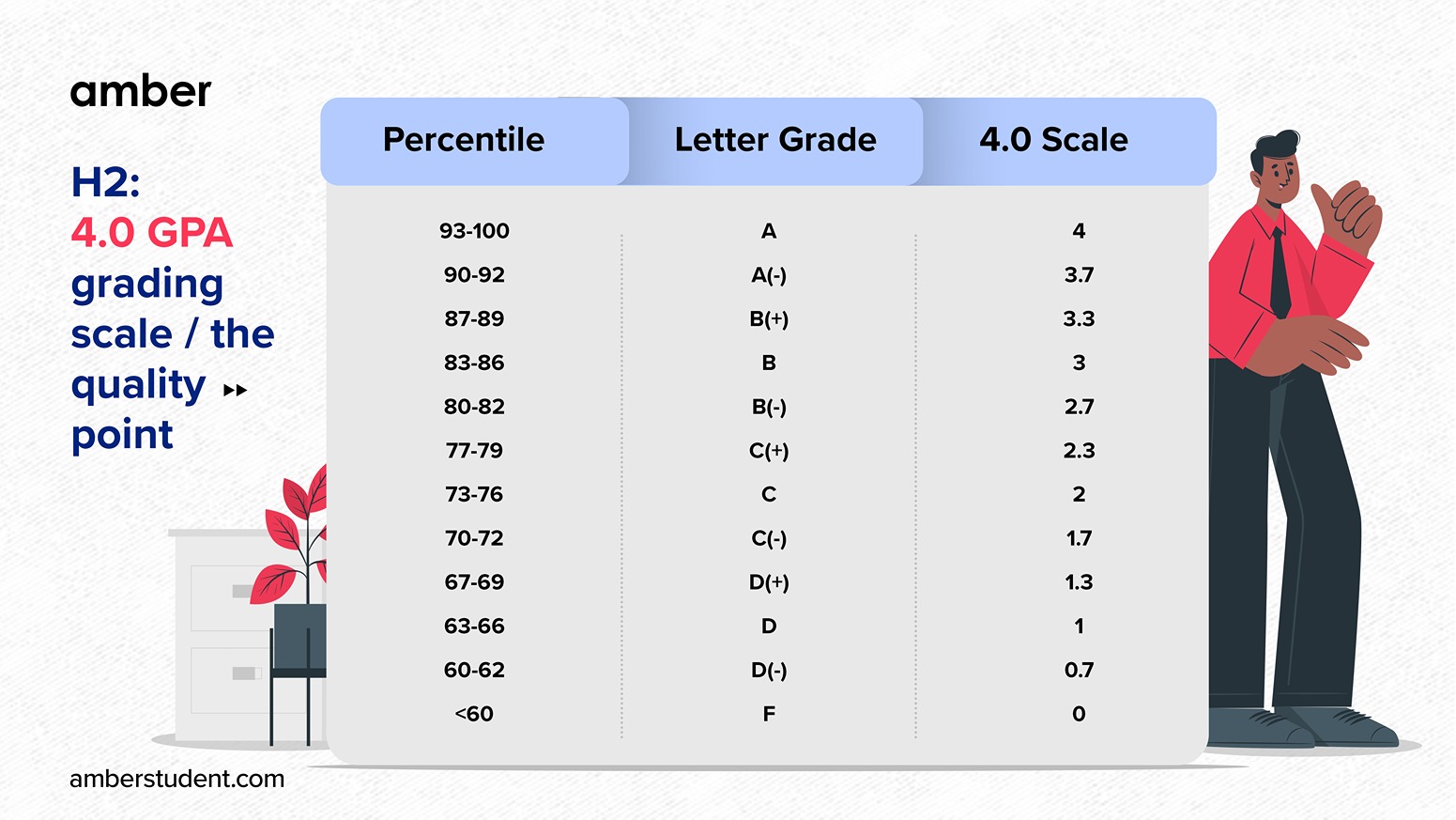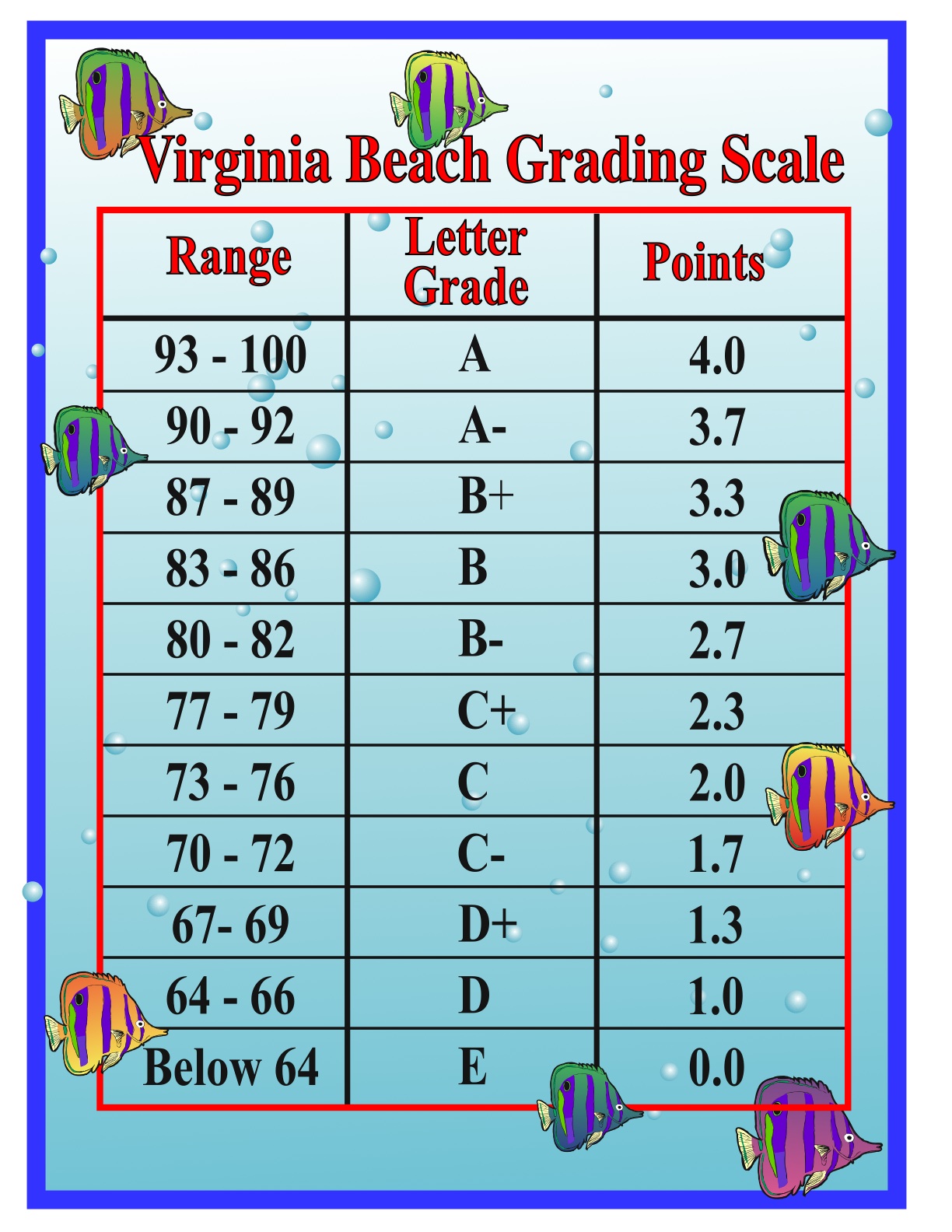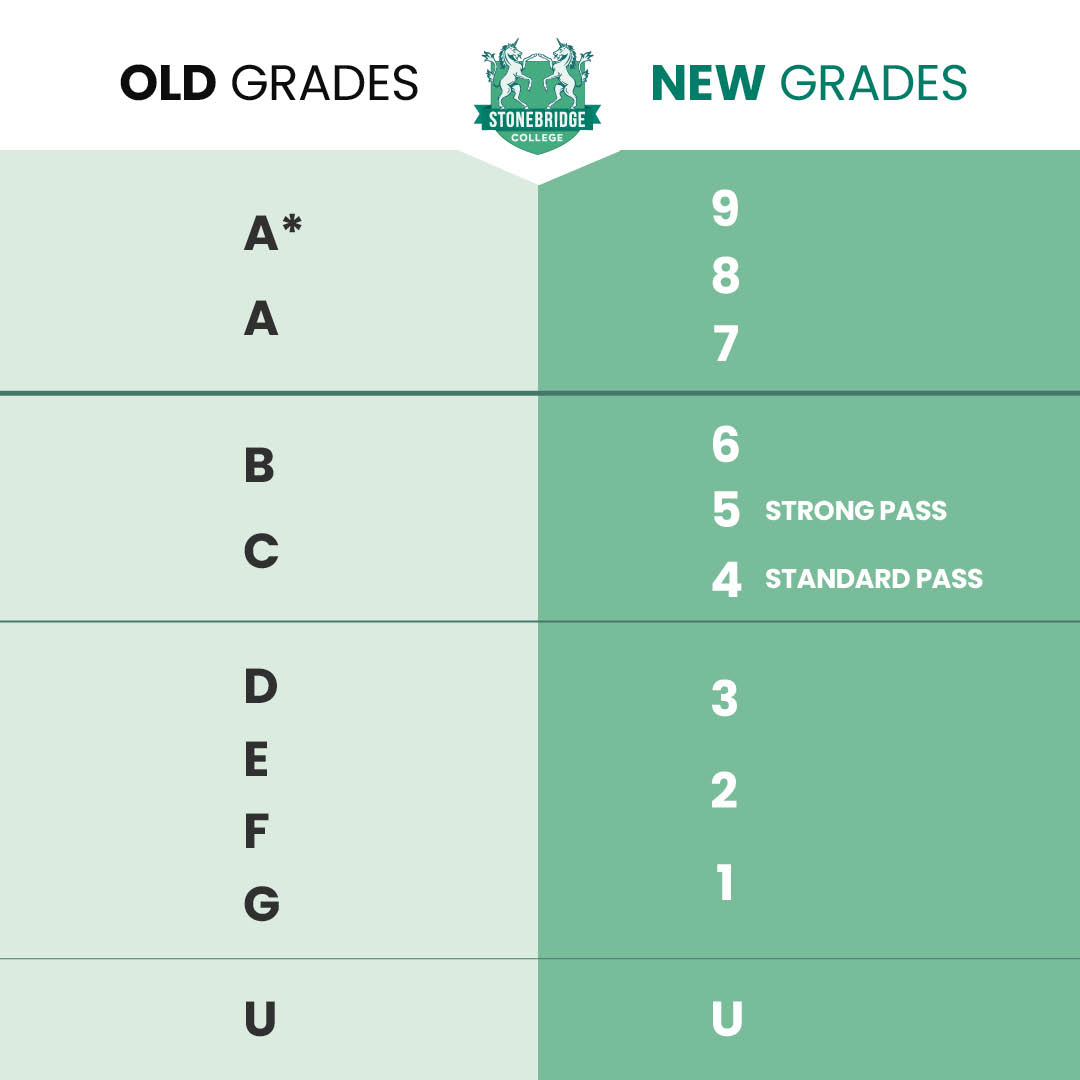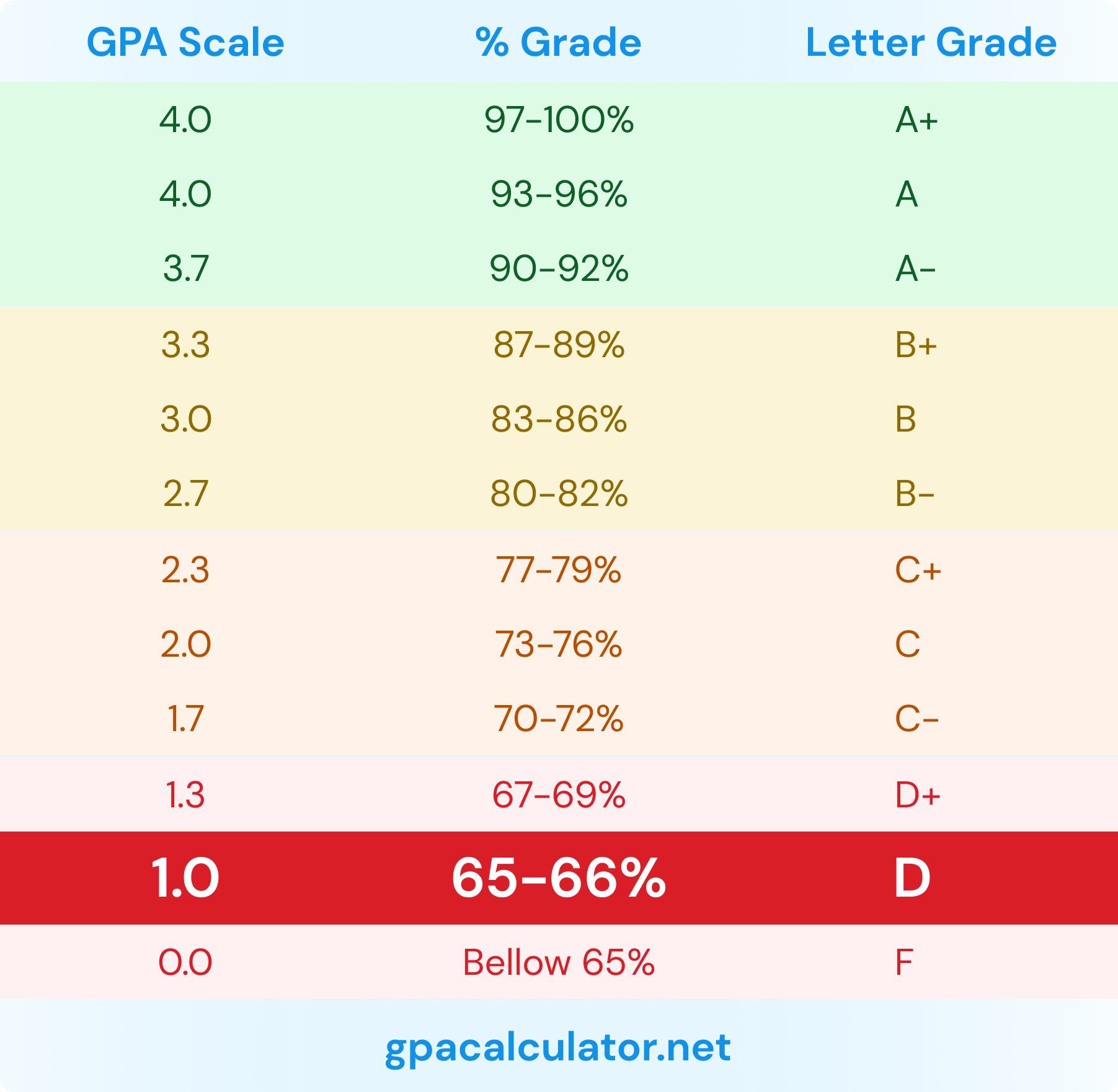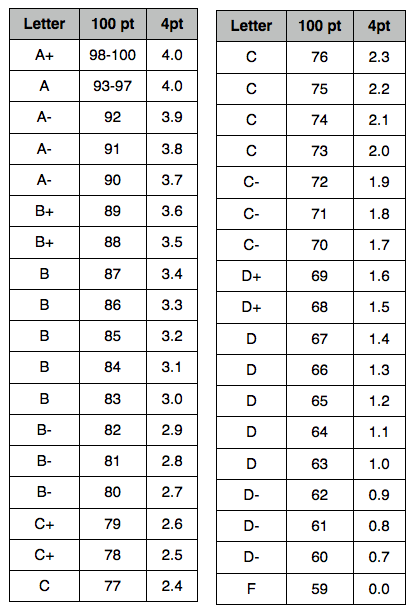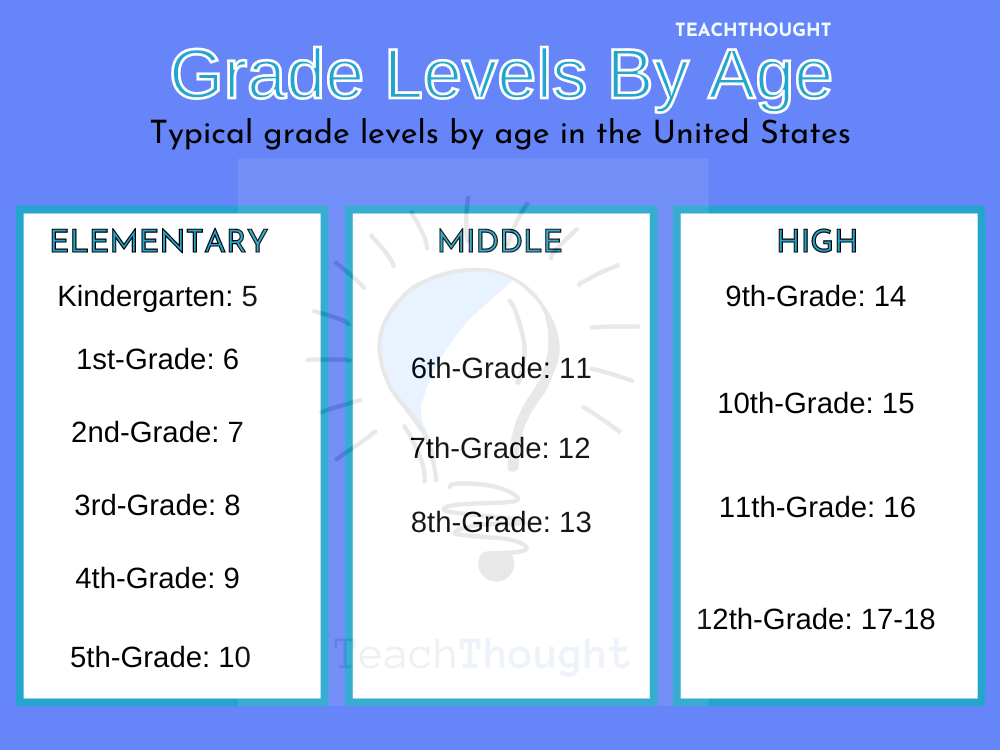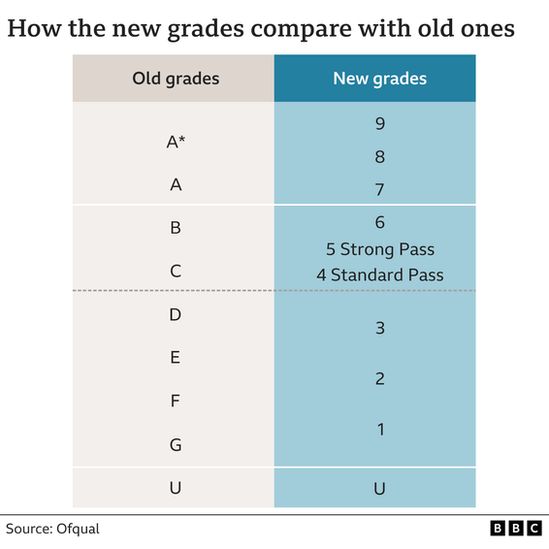What Grade Is A 20 Out Of 25
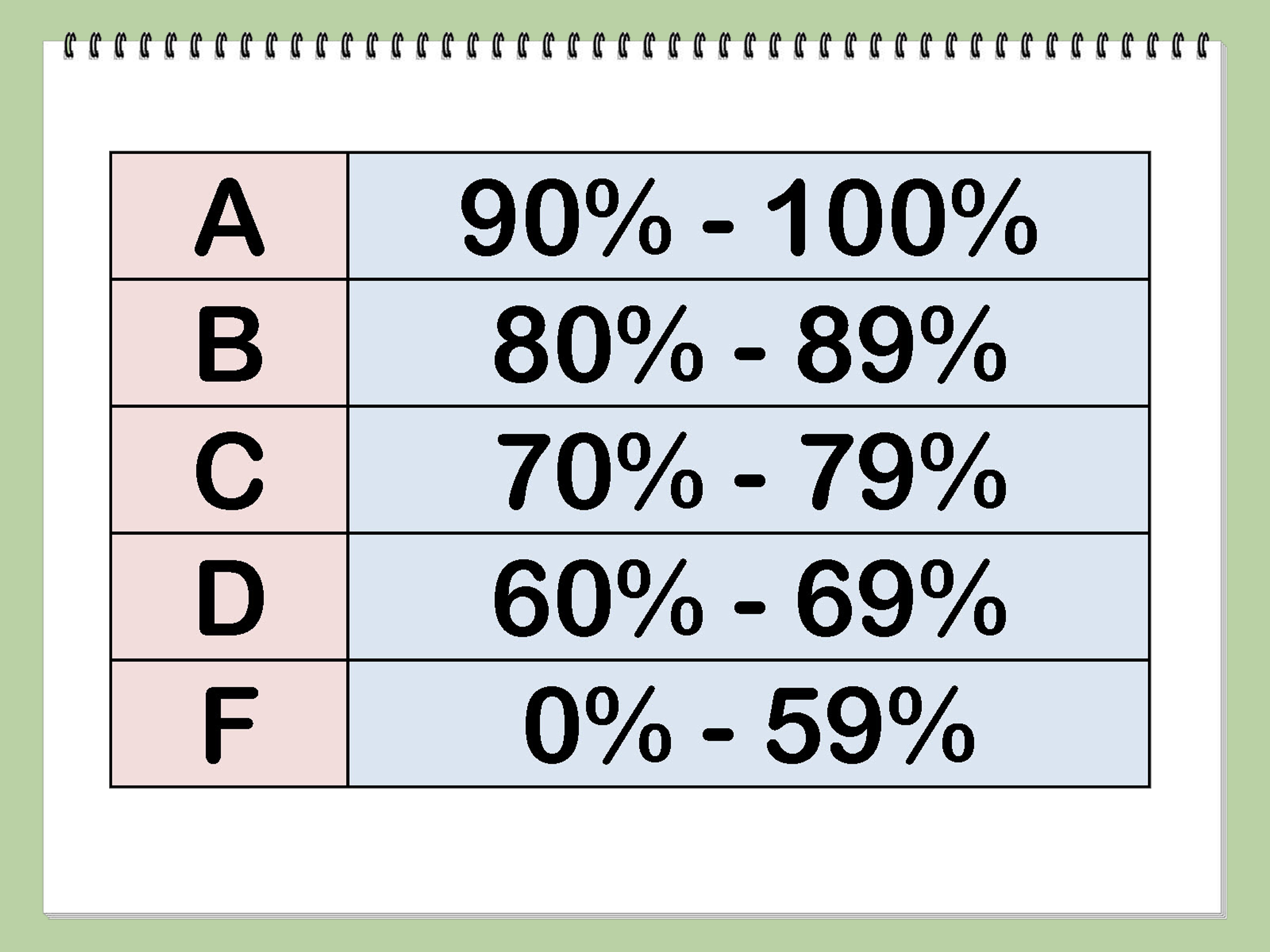
Imagine the flutter of anticipation as students across the nation receive their test papers. Pencils down, the collective sigh of relief (or maybe a groan) hangs in the air. All eyes are glued to the front page, searching for that elusive mark that signifies success. But what happens when the number staring back isn't a letter, but a fraction, a ratio, a 20 out of 25?
At its core, a score of 20 out of 25 translates to 80%. While that specific number might seem straightforward, the letter grade associated with it varies depending on the school, district, and even the individual teacher's grading scale. This article will delve into the nuances of this seemingly simple calculation and explore how it impacts students and educators alike.
The Basic Calculation: 20/25 to Percentage
Let's start with the fundamentals. Calculating the percentage is quite simple: (20 / 25) * 100 = 80%. This means that a student who answers 20 questions correctly out of a total of 25 achieves a score of 80%.
This basic conversion remains consistent regardless of where you are located or what subject you're studying.
Unpacking Grading Scales: The Letter Grade Mystery
The tricky part is determining what letter grade corresponds to that 80%. Grading scales aren't universal. They differ vastly from school to school.
A quick Google search reveals a plethora of grading scales, highlighting the lack of standardization in education across the United States and even within individual states. Some schools might consider 80% a solid B, while others might classify it as a C+.
Common Grading Scale Variations
Here are a few typical scenarios:
Scenario 1: A = 90-100%, B = 80-89%, C = 70-79%, D = 60-69%, F = Below 60%
In this commonly used scale, 80% would indeed be a B.
Scenario 2: A = 93-100%, A- = 90-92%, B+ = 87-89%, B = 83-86%, B- = 80-82%, C+ = 77-79%, C = 73-76%, C- = 70-72%, D+ = 67-69%, D = 63-66%, D- = 60-62%, F = Below 60%
Here, 80% would land at the lower end of a B-. This demonstrates a more granular approach to grading.
Scenario 3: A = 90-100%, B = 85-89%, C = 75-84%, D = 70-74%, F = Below 70%
In this case, an 80% would be a C. This highlights how significantly the letter grade can shift depending on the chosen scale.
The Impact of Plus/Minus Grading
Many schools utilize the plus/minus grading system, which further complicates the equation. The addition of "+" and "-" grades allows for finer distinctions within each letter grade range.
As seen in Scenario 2 above, an 80% might become a B-.
Why the Discrepancy? Philosophical Differences in Education
The lack of standardization in grading reflects differing philosophies about how to best assess and motivate students. Some educators believe in a more stringent scale, emphasizing high achievement and creating a clear hierarchy.
Others favor a more lenient approach, aiming to encourage student effort and growth without unduly punishing minor errors. The right approach often depends on the subject matter, the age of the students, and the overall educational goals of the institution.
Beyond the Letter Grade: Holistic Assessment
It’s crucial to remember that a single grade, whether it’s a number or a letter, doesn't tell the whole story. Educators are increasingly advocating for a more holistic approach to assessment.
This includes considering factors like class participation, effort, improvement over time, and the ability to apply knowledge in different contexts. Standardized tests and traditional exams are just one piece of the puzzle.
Formative assessment, which involves ongoing feedback and opportunities for revision, is gaining traction as a more effective way to support student learning. This contrasts with summative assessment like a final exam which simply assigns a grade to show mastery.
The Student Perspective: Navigating the Grading Maze
For students, understanding the specific grading scale used in each class is essential. Open communication with teachers is key to clarifying expectations and understanding how grades are calculated.
It's also important for students to focus on learning and understanding the material, rather than solely chasing grades. A genuine interest in the subject matter often leads to better performance in the long run.
Students should also remember that academic performance is just one aspect of their overall development. Cultivating other skills, such as creativity, critical thinking, and collaboration, is equally important for future success.
The Parent's Role: Supporting Student Success
Parents play a vital role in supporting their children's education. Staying informed about school policies and grading practices is a crucial first step.
Creating a supportive and encouraging home environment, where learning is valued and effort is celebrated, can significantly impact a child's academic performance. Open communication with teachers and school staff can also help address any concerns or challenges that may arise.
Looking Ahead: The Future of Grading
The debate over grading systems is ongoing. Educators and policymakers are constantly exploring new ways to assess student learning and provide meaningful feedback. Competency-based education, which focuses on demonstrating mastery of specific skills rather than simply earning a certain grade, is one emerging trend.
As technology evolves, new assessment tools are also being developed, allowing for more personalized and adaptive learning experiences. The goal is to create a system that accurately reflects student progress, promotes genuine learning, and prepares students for success in the 21st century.
Ultimately, the answer to "What grade is a 20 out of 25?" is complex and multifaceted. It requires understanding the specific context, the grading scale in use, and the broader philosophical approach to education. But one thing remains constant: the importance of fostering a love of learning and supporting students in reaching their full potential. The conversation should be less on the final number or letter, and more on how to facilitate a positive and enriching experience for all learners, ensuring they develop critical thinking skills and become lifelong learners. It is our collective responsibility to help students succeed.

